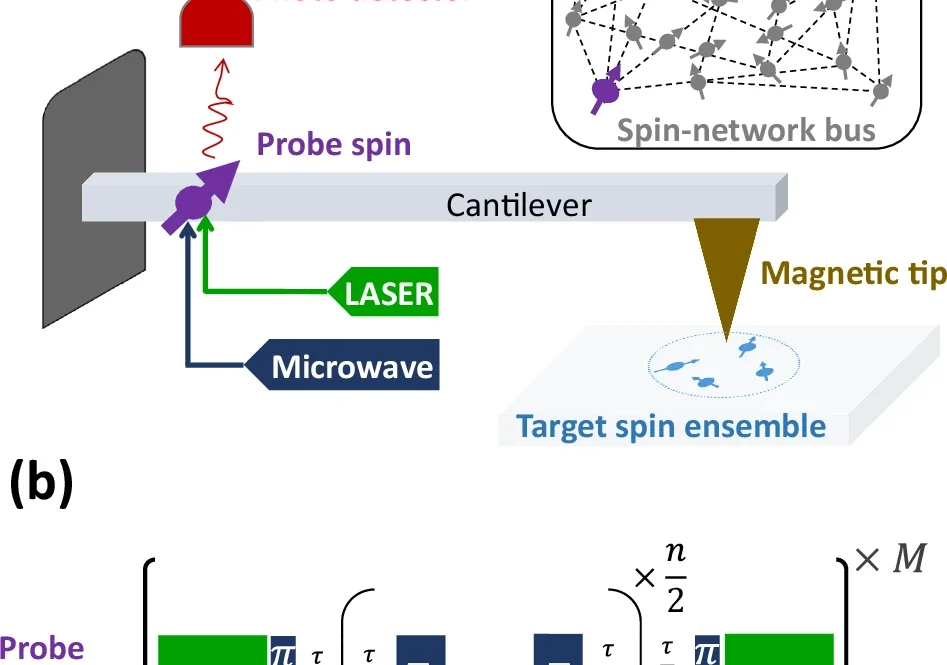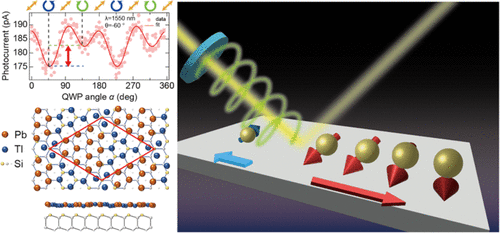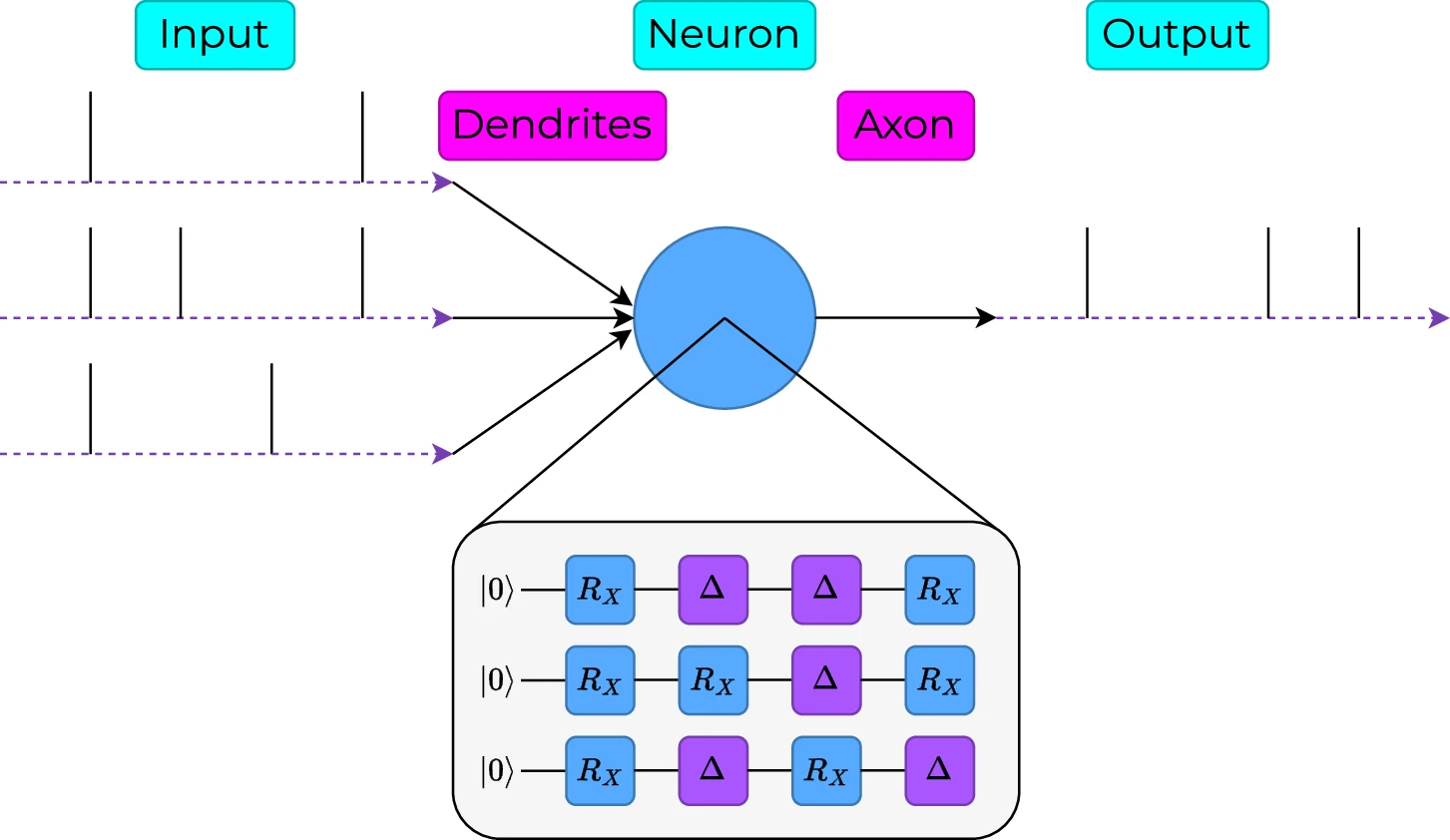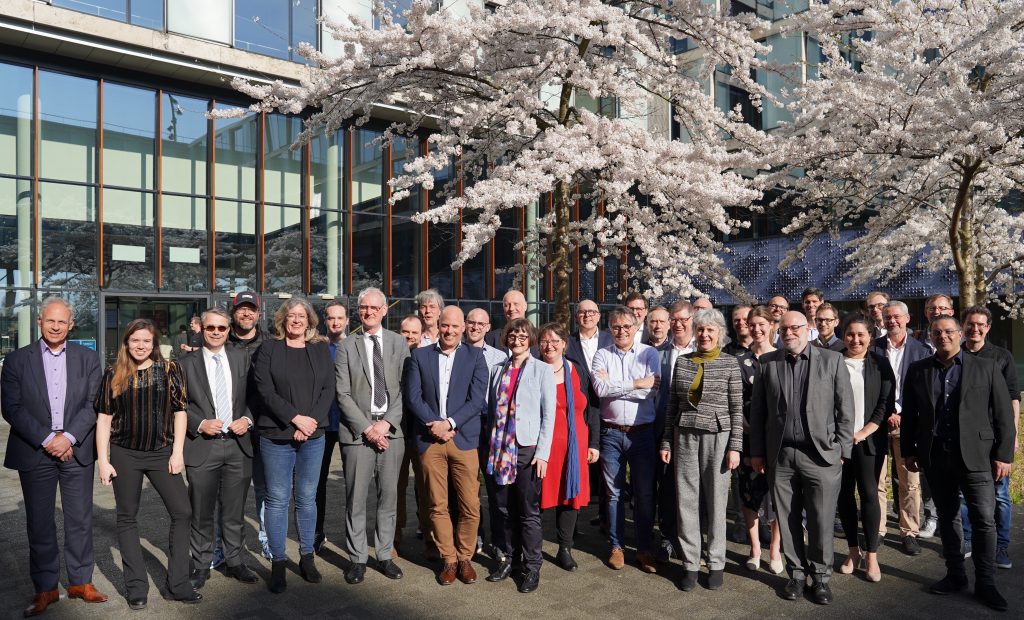Scientists have developed an innovative approach to cooling hybrid quantum systems, opening new possibilities for quantum technology applications. At the heart of this breakthrough is a unique three-part system that bridges the microscopic and macroscopic quantum worlds.
The system’s architecture is elegantly simple yet powerful: a macroscopic oscillator serves as an intermediary between two distinct components – a single-probe spin on one end and a collection of spins (ensemble) on the other. What makes this setup particularly interesting is that it achieves cooling through weak dispersive coupling, a gentler form of quantum interaction than traditionally used methods.
The cooling mechanism relies on a clever feedback loop. By repeatedly measuring the single-probe spin, researchers can induce cooling effects in both the oscillator and the spin ensemble. This approach demonstrates that significant energy transfer effects can be achieved even with minimal coupling strength, challenging conventional wisdom in quantum control.
One of the most promising aspects of this protocol is its flexibility. The system can be fine-tuned to cool either the ensemble, the oscillator, or both simultaneously to their ground states. This level of control makes it a valuable tool for various quantum applications, particularly in areas requiring precise temperature management of quantum systems.
Beyond its immediate cooling applications, this research has broader implications. The ability to manipulate quantum systems through such a mediator-based approach could revolutionize fields like macroscopic quantum state generation and remote sensing. Moreover, the protocol’s relative simplicity makes it particularly attractive for practical implementation.
Perhaps most significantly, this work addresses one of the persistent challenges in quantum technology: how to effectively cool and polarize large spin ensembles. The solution presented here offers a practical pathway forward, potentially accelerating the development of quantum devices and sensors.
This research represents a significant step forward in quantum system control, demonstrating that sometimes the most elegant solutions come from subtle interactions rather than brute-force approaches.
The paper has been published in npj quantum information.




